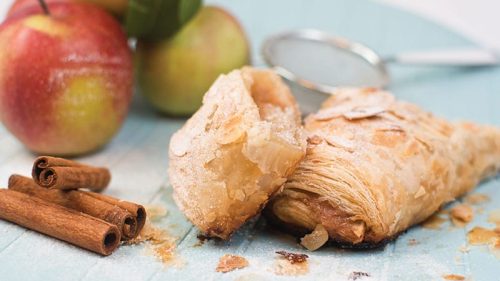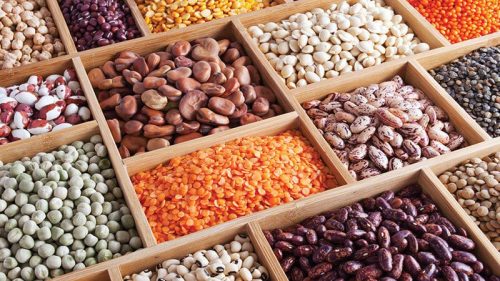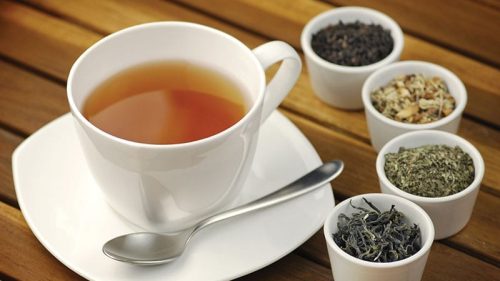To support the Canadian agriculture and food industry as U.S. tariffs are implemented, Farm Credit Canada is providing $1 billion in new lending to help alleviate financial challenges.
“There is no relationship in the world like the one Canada shares with the United States, and that certainly extends to our agriculture sectors. Our supply chains are highly integrated, and our producers rely on fair access to the U.S. market. These unjustified tariffs will have a direct impact on them,” said the Honourable Lawrence MacAulay, Minister of Agriculture and Agri-Food. “Building on our Team Canada response, FCC will be providing financial support to the sector as we adapt to the challenges ahead, so our farmers can keep their operations going and continue producing the best products in the world.”
“We know that agriculture and food producers across Canada are bracing for uncertainty,” said Justine Hendricks, FCC president and CEO. “Agribusinesses, farm operations and food processors are key drivers of our economy and FCC is ready to provide meaningful and immediate support to keep the industry moving forward at this critical time.”
Hendricks said that FCC will rapidly deliver solutions for the industry to adapt to the changing trade and economic conditions. Initially, the focus is on assisting the industry in addressing cash flow challenges so that businesses can adjust to a new operating environment.
Through the Trade Disruption Customer Support program, FCC will provide relief for viable customers and non-customers who meet the necessary lending criteria. This includes access to an additional credit line up to $500,000 and new term loans. Current FCC customers have the option to defer principal payments for up to 12 months on existing loans.
FCC customers and non-customers should contact their local FCC office or call 1-800-387-3232 to discuss their individual situations and available options. Lending due diligence will be carried out on all applications.
“Supporting the industry will also take strong collaboration as part of a team Canada approach,” said Hendricks. “FCC has served as a strong, reliable, and trusted industry presence for more than 65 years, and this current situation is no different. We will be working in partnership with industry associations and other financial providers to offer the solutions needed by the agriculture and food industry to take on the challenges ahead.”
“Canadian agriculture and food businesses supply high value and quality products to U.S. buyers and a positive trade relationship benefits both countries,” said J.P. Gervais, FCC chief economist. “Despite this latest challenge, FCC will continue to provide capital solutions and be a catalyst for value creation to advance Canada’s leadership in agriculture and food production.”
FCC continues to evaluate the economic impact of tariffs implemented by Canada’s largest trading partner on the Canadian agriculture and food sector to ensure that we are best able to support the industry.
About FCC
FCC is proud to be 100 per cent invested in Canadian agriculture and food. The organization’s employees are committed to the long-standing success of those who produce and process Canadian food. FCC provides flexible financing and capital solutions, while creating value through data, knowledge, relationships and expertise. FCC offers a complement of financial and non-financial products and services designed to support the complex and evolving needs of the industry. As a commercial Crown corporation, FCC is a stable partner that reinvests profits back into the industry and communities it serves. For more information, visit fcc.ca.





